Issue 8 Flipbook
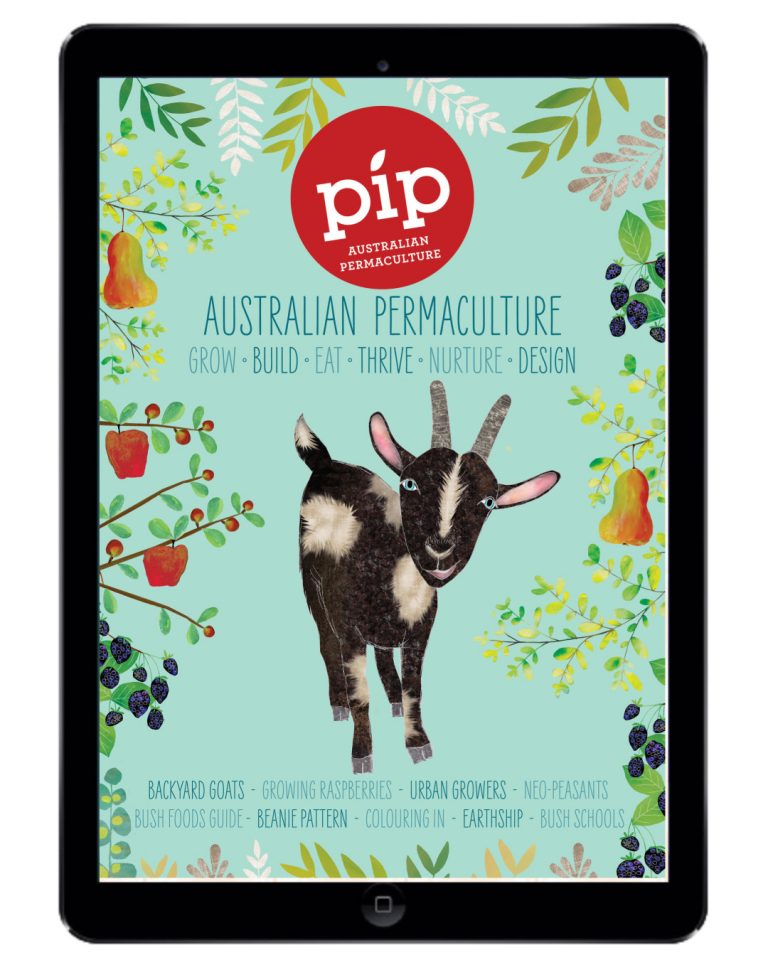
Read issue 8 as a flipbook

Read issue 8 as a flipbook

This book is a guide to profitable, vibrant and sustainable permaculture-based market gardening. Zach Loeks is an educator, designer, consultant and farmer from Canada who says that we must balance the mimicry of natural systems with the practice of profit.
You won’t find plant charts and guides here. This book takes a step back and looks at the farm as a whole ecosystem of people, soils, animals, plants and customers.
With chapters on farm ecosystems, whole farm mapping, holistic planning and design management, Loeks focuses on planning and design. He also explains in detail his own permabed system and how it works.
This book is about how to apply permaculture to growing on a commercial scale, because Loeks believes ‘neither the monoculture farm (a sparse business-as-usual approach) nor the hippie farm (an inefficient/disorganised abundance) will suffice’.
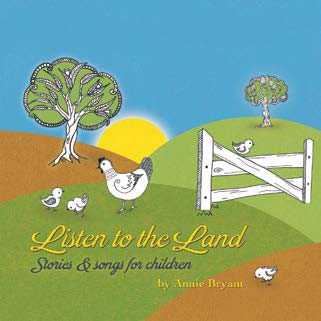
The winner this issue is Levi Orenshaw, aged 6 from Kincumber. Congratulations Levi you receive a set of Little Permies activity cards.
Parents send in photos of your kids in the garden or with their homegrown produce to win a download of Grow Do It, the latest Formidable Vegetable Sound System CD. This album is for kids who want to be able to look after themselves, the place where they live and the people they live with by growing and eating healthy food, growing a healthy mind & body and feeling inspired to do amazing things that can change the world!
To enter send name, age and address of child to maude@pipmagazine.com.au.
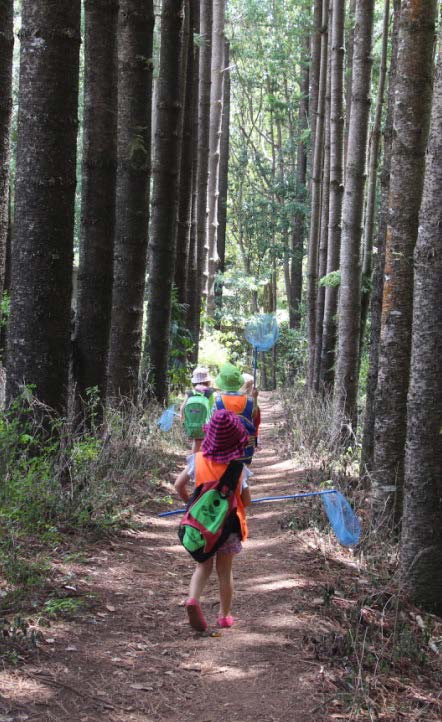
Many adults think back to their childhoods with fond memories of being outdoors, roaming freely, with long periods of time playing on the farm or beach, in the creeks, fields and forests, being out from sunrise to sunset. This freedom and time to connect with nature is so often denied to children today and is to the detriment of their health and our planet.
In response to this, Australia has seen a range of bush schools develop across the country. Also called forest schools, these educational programs are set outdoors, so children can connect with nature through play and exploration. Bush schools encourage children and educators to be in the natural Australian environment on a regular basis as part of their school day.
Most bush schools currently run for one morning a week for two to three hours, although some have increased these sessions to whole days and multiple days every week after experiencing the benefits. You don’t need to live in the bush to go to a bush school. Bush schools are found all over the country, including in urban settings.
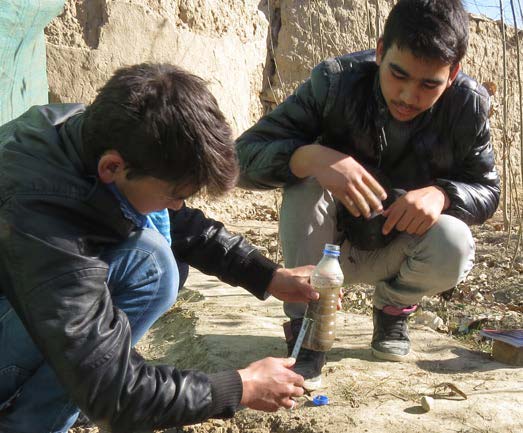
n an unnumbered house on a dirt road in Kabul lives a small community, the Afghan Peace Volunteers (APVs). The members are mostly Hazaras, people who have been appallingly discriminated against in invasions and wars. They have no reason to believe in peace nor even consider it is possible.
Yet a core group of these young people teamed up with a visionary Singaporean doctor, Hakim Tek Young Wee, to focus on the needs of the poorest people in their community. They also wanted to make a statement about war; its pain and impact. This is imaginative and dramatic peacemaking.
The residential APV community is just a short walk from the Borderfree Nonviolence Community Centre (BNVCC) where the APV activities take place. Fifty or more young volunteers come and go all day, pursuing their peace work and setting aside traditional ethnic differences. In fact they welcome all Afghan ethnic groups.
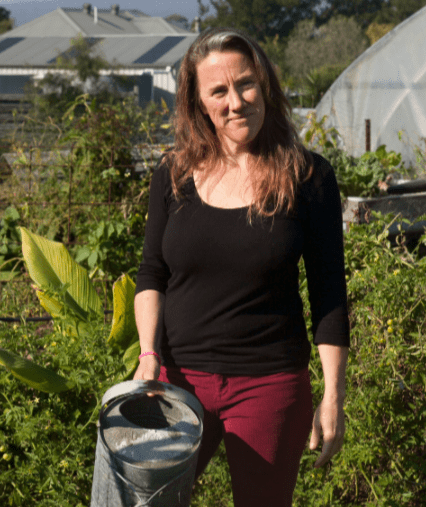
In bringing together this issue of the mag, I am reminded more and more that permaculture offers so much in the way of solutions to the challenges facing many of us today, from rising house and food prices, work and time pressures, and the industrialisation of our food systems.
In this issue, we meet people around the country responding to these problems by being more self-reliant and creating their own solutions.
When we read about Meg Ulman and Patrick Jones’ life and their bucking of the system in Neo-peasantry; a way of life, we see that we don’t have to be weighed down by the costs and demands of modern living. They live car free, have a modest-sized house and block, and use their neighbourhood commons for hunting, gathering, foraging and growing. They choose to live with less, which gives them the time to do more for themselves.
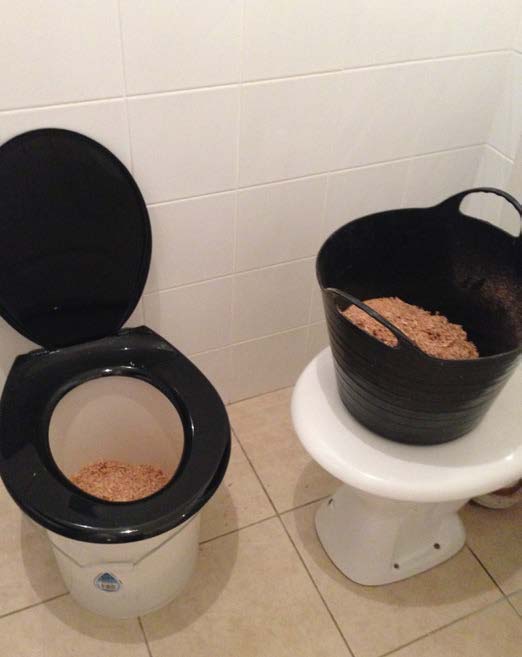
Our family has been recycling and reusing our humanure (human waste) for around seven years. We have used a bucket toilet system in both a suburban home on a small town block and on our current farm. We have always used bucket toilets alongside the existing flush toilet. The bucket literally sits in our bathroom next to the flush loo.
By doing so, we’ve taken the pressure off the septic and town sewerage systems already in place. This saves our precious drinking water, not to mention money and chemicals, from otherwise being poured into a system in which people have the convenience of simply flushing their waste away.
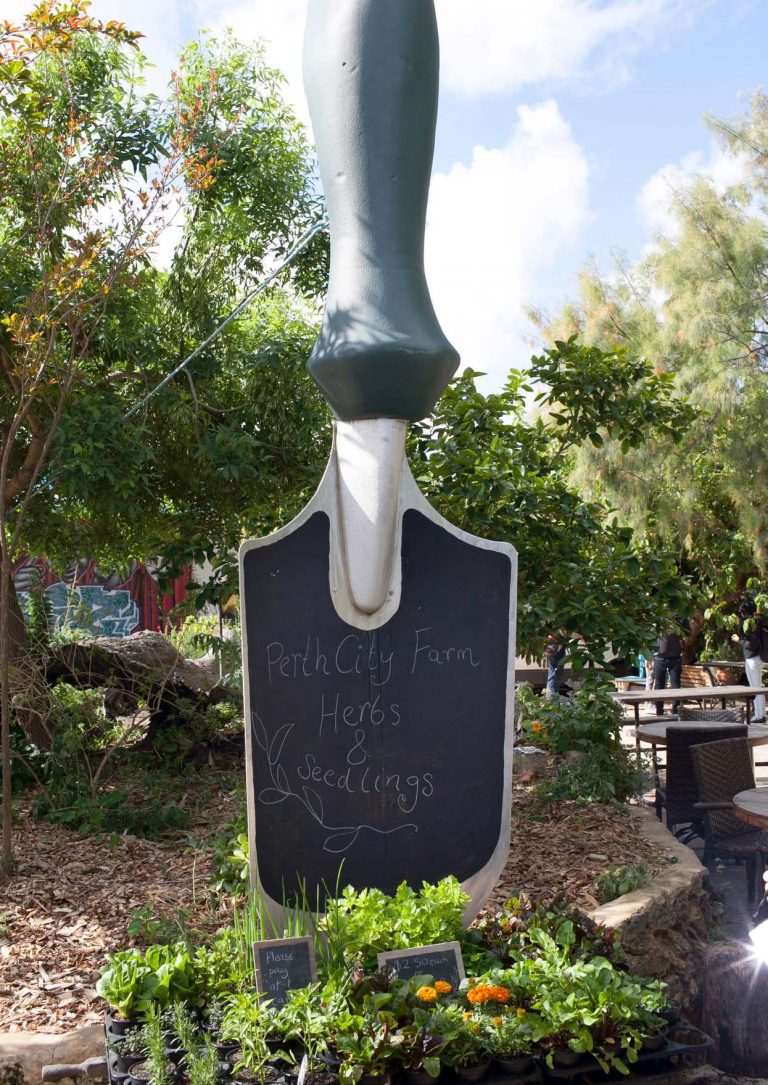
Close to Perth’s central business district, something is growing by the Midland railway line. For over 20 years, Perth City Farm (a not-for-profit community garden, educational centre and urban oasis) has been welcoming members of the community through its gates.
The team that started Perth City Farm was made up of Rosanne Scott, Chris Ferreira, Clayton Chipper and Neal Bodel, with support coming from not-for-profit, non-political society Men of the Trees. Men of the Trees aimed to improve WA’s environmental quality, get local youth involved in environmental efforts and promote health and wellbeing through permaculture. ‘We wanted to inspire people to do environmental work,’ Chris explains.
These values have flowed through to Perth City Farm, in addition to others the farm would go on to develop. Using the acronym PEACE, Perth City Farm aims to promote permaculture and the environment, education, arts, community and personal development, and enterprise.

This simple beanie pattern is a breeze to whip up in sizes for everyone in the family and is perfect for early rising gardeners to take the chill off winter mornings. The simple construction makes it a great step up for beginner knitters who are ready to move on from scarves, but aren’t quite ready to knit in the round. You can fancy it up by using a self-patterning yarn either bought from the shop or home-dyed using beautiful natural pigments (see Pip Magazine issue 7 for our how-to on natural dyeing!).
MATERIALS
1 x 50 g ball of 8 ply yarn
(x 2 for a large beanie)
Pair of 5.5 mm needles
Yarn needle for sewing up
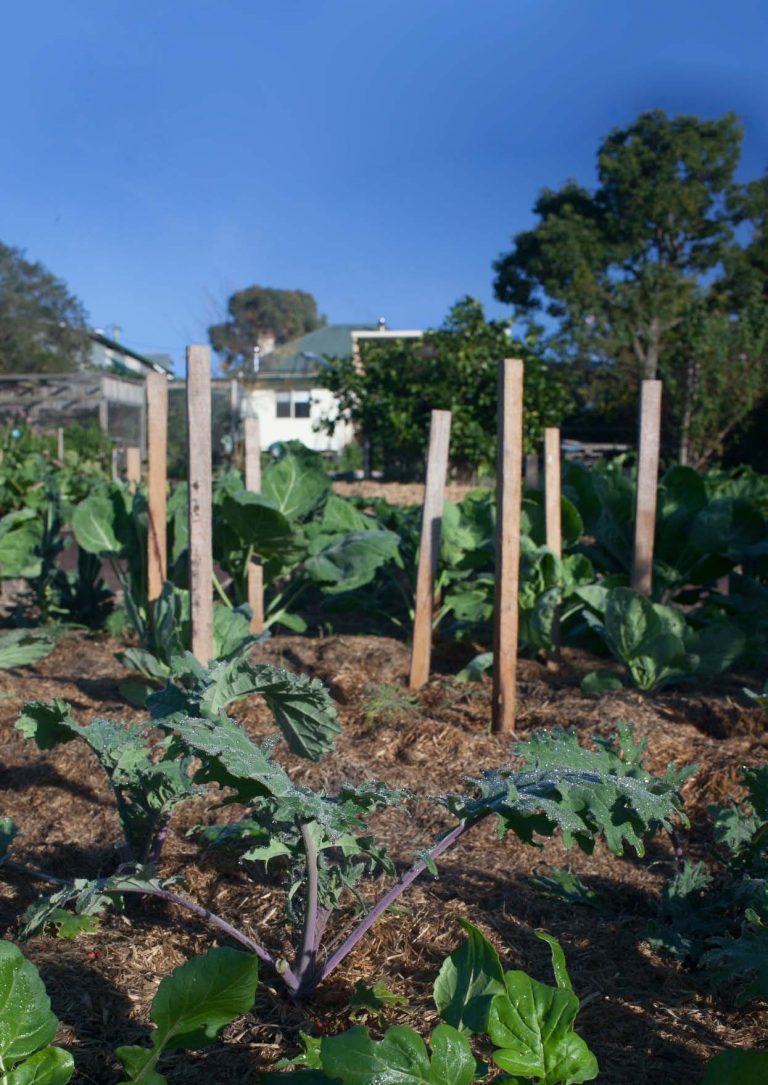
The Plummery sounds like a sprawling countryside property. Its garden beds grow an abundance of vegetables, with surrounding fruit and nut trees underplanted with shrubs, herbs and flowers. Bubblegum grape shades the house and there’s a greenhouse with bananas and babaco. A quail aviary sits by the side of the house and on the southern side are avocados, feijoas and a cherry guava.
Yet all of this is contained on a 280 m2 block in Melbourne’s inner city suburb of Northcote, at the home of permaculture designer Kat Lavers. Last year, the Plummery provided 350 kg of herbs, vegies, fruit, eggs and honey, with Kat only spending half a day a week gardening. ‘Sometimes I dream about planting oaks and chestnuts, but the reality is I don’t have the time to manage more than I’ve got,’ says Kat.
Kat is creative in overcoming spatial limitations, saying it has made her a better designer and gardener. ‘You can’t bury your mistakes under the rug!’ she says. ‘Observation and interaction are virtually constant and therefore so is the learning. It also means that you can concentrate your compost, mulch and water resources on a smaller number of plants. Many gardeners don’t get these basics right and have poor yields from much larger gardens.’